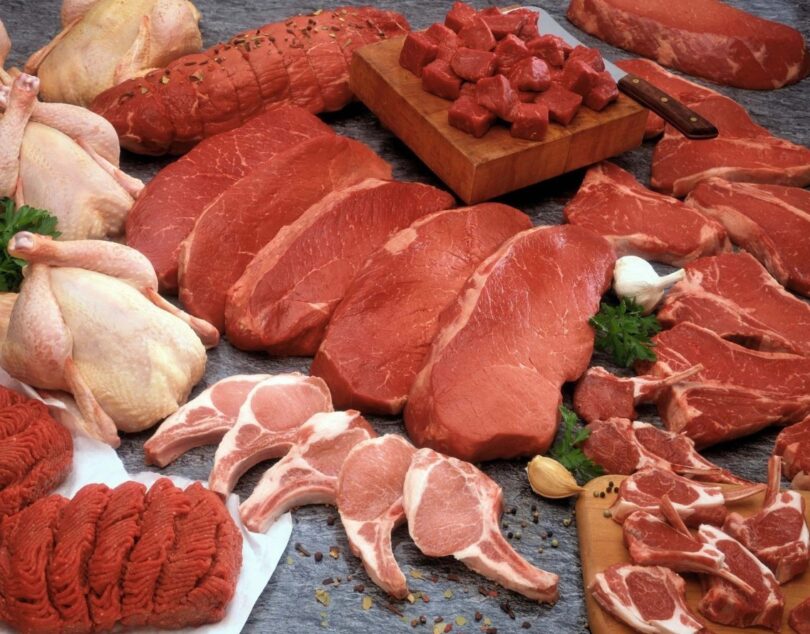A Comprehensive Guide to Meat Expiration Dates and Preservation: Beef, Ground Beef, Chicken, Chicken Breast, and Fish
Ensuring that the meat you consume is safe and fresh is crucial for maintaining good health and avoiding foodborne illnesses. Understanding expiration dates and proper preservation techniques can significantly extend the shelf life of meats such as beef, ground beef, chicken, chicken breast, and fish. This comprehensive guide will delve into the intricacies of meat expiration dates and provide practical tips for preserving these essential proteins.

Understanding Meat Expiration Dates
What Are Expiration Dates?
Expiration dates on meat packages are designed to indicate the freshness and safety of the product. There are typically two types of dates to be aware of:
- Sell-By Date: This date is intended for retailers, indicating the last day the product should be sold. Consumers should ideally purchase the meat before this date for optimal freshness.
- Use-By or Best-By Date: This date suggests the last day the product will maintain its peak quality. It’s crucial to consume or freeze the meat by this date to ensure safety and quality.
How Are Expiration Dates Determined?
Expiration dates are determined based on various factors, including the type of meat, packaging method, and storage conditions. The primary goal is to prevent the growth of harmful bacteria and ensure the meat remains safe for consumption.
Beef: Expiration and Preservation
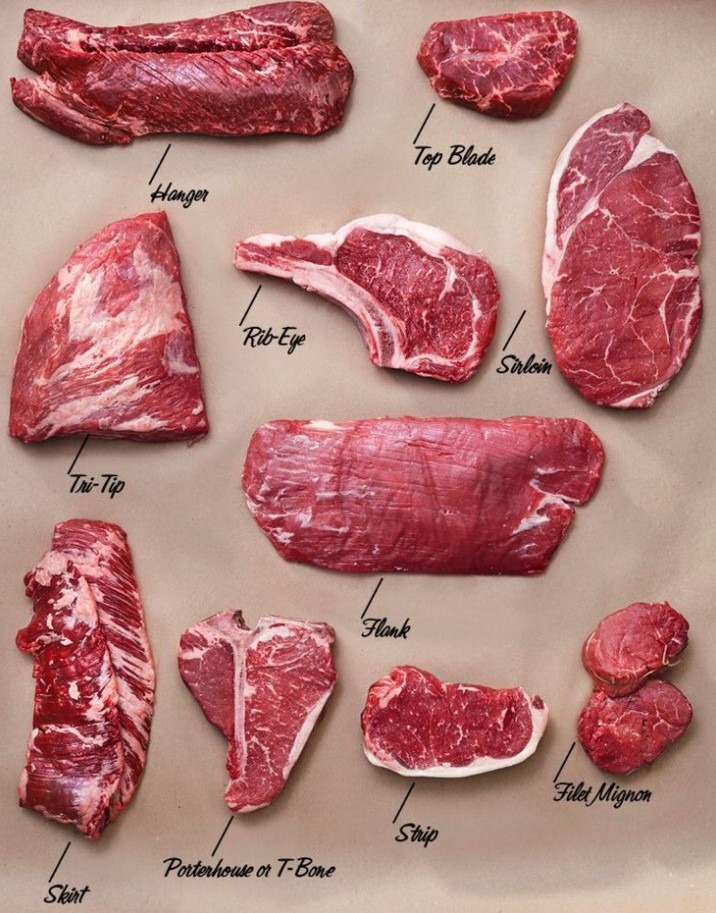
Expiration Dates
Beef is a versatile and popular protein that can be safely consumed for several days past its sell-by date if stored correctly. Typically, fresh beef can be refrigerated for up to 3-5 days.
Preserving Beef
- Refrigeration: Store beef in the coldest part of your refrigerator, ideally at 32°F to 40°F. Keep it in its original packaging or transfer it to an airtight container to prevent contamination and moisture loss.
- Freezing: Beef can be frozen to extend its shelf life significantly. Wrap it tightly in plastic wrap, aluminum foil, or freezer paper, and then place it in a freezer-safe bag. Label with the date of freezing to keep track. Frozen beef can last up to 6-12 months.
Ground Beef: Expiration and Preservation
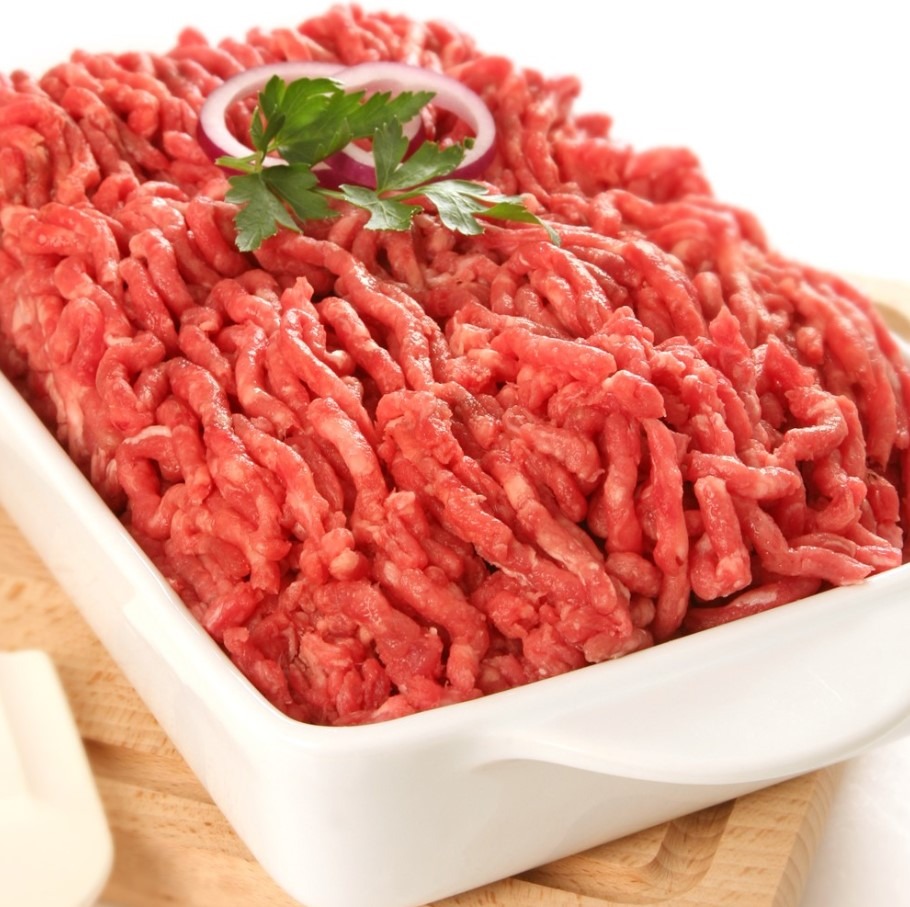
Expiration Dates of Ground Beef
Ground beef has a shorter shelf life compared to whole cuts of beef due to the increased surface area exposed to potential contaminants. It should be consumed within 1-2 days of purchase if refrigerated.
Preserving Ground Beef
- Refrigeration: Store ground beef in the coldest part of your refrigerator, ideally at 32°F to 40°F. Keep it in its original packaging or transfer it to an airtight container.
- Freezing: Ground beef can be frozen to extend its shelf life. Divide it into smaller portions before freezing for easier thawing and cooking. Wrap tightly in plastic wrap, aluminum foil, or freezer paper, and then place it in a freezer-safe bag. Label with the date of freezing. Frozen ground beef can last up to 3-4 months.
Chicken: Expiration and Preservation
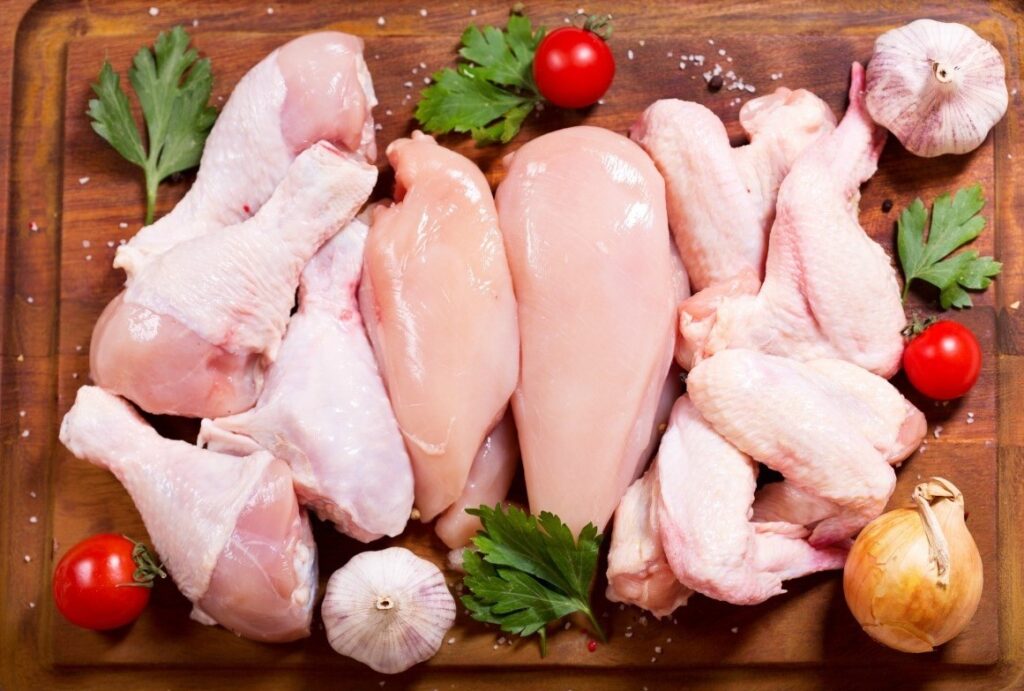
Poultry Expiration Dates
Chicken is a highly perishable meat and should be consumed or frozen within 1-2 days of purchase. This applies to whole chickens as well as cuts like chicken breasts, thighs, and wings. Raw chicken should never be left out at room temperature for more than 2 hours.
Preserving Chicken
- Refrigeration: Store chicken in the coldest part of the refrigerator, ideally at 32°F to 40°F. Keep it in its original packaging or place it in a leak-proof container to prevent cross-contamination.
- Freezing: Freeze chicken to extend its shelf life. Wrap it tightly in plastic wrap, aluminum foil, or freezer paper, and then place it in a freezer-safe bag. Label with the date of freezing. Frozen chicken can last up to 9 months.
Chicken Breast Specifics
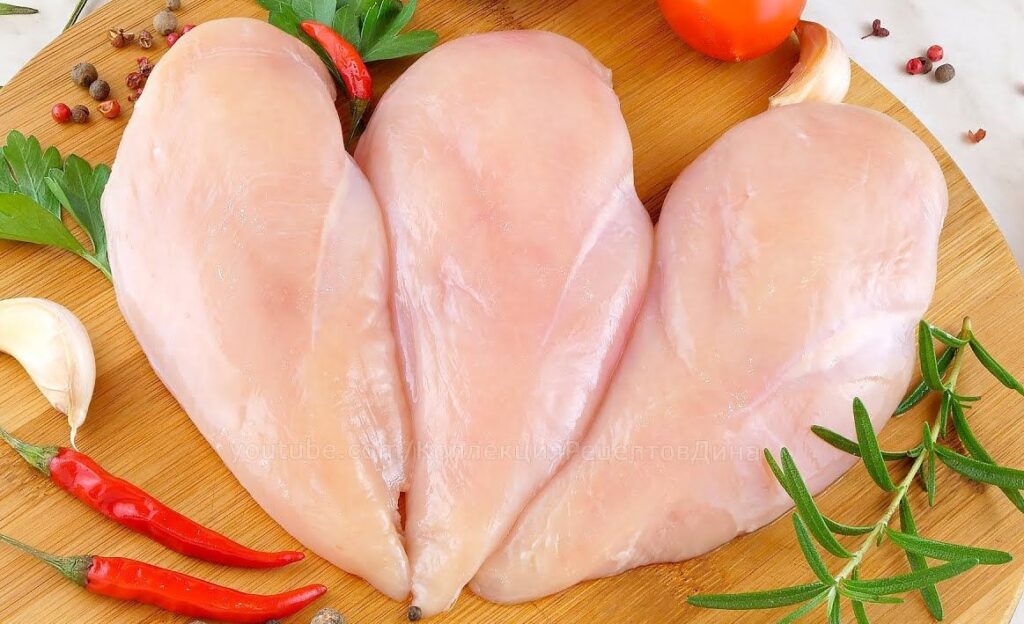
Chicken breast, being a lean cut, is particularly prone to drying out if not stored correctly. Follow the same refrigeration and freezing guidelines as for other chicken parts, but consider using a marinade or brine before freezing to help retain moisture.
Fish: Expiration and Preservation
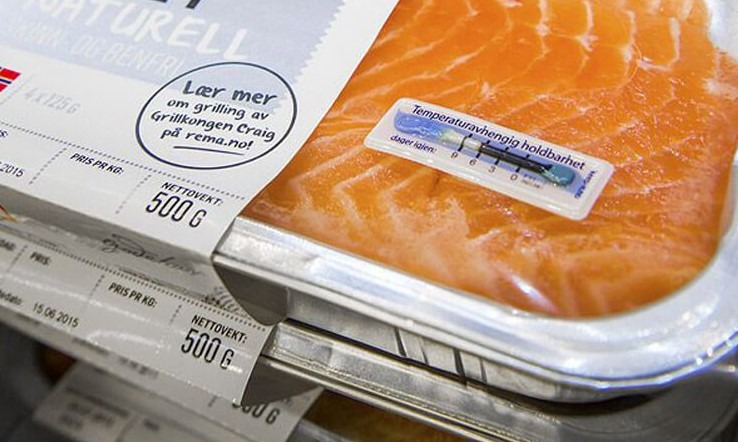
Expiration Dates of Fish
Fish is highly perishable and should be consumed within 1-2 days of purchase. The freshness of fish can be determined by its smell, texture, and appearance. Fresh fish should have a mild odor, firm flesh, and clear eyes.
Preserving Fish
- Refrigeration: Store fish in the coldest part of the refrigerator, ideally at 32°F to 34°F. Place it on a bed of ice in a leak-proof container to maintain optimal freshness.
- Freezing: Freeze fish to extend its shelf life. Wrap it tightly in plastic wrap, aluminum foil, or freezer paper, and then place it in a freezer-safe bag. Label with the date of freezing. Frozen fish can last up to 6 months.
Additional Tips for Fish Preservation
- Vacuum Sealing: Vacuum sealing fish before freezing can significantly extend its shelf life by preventing freezer burn and maintaining moisture.
- Portion Control: Freeze fish in individual portions to make defrosting and cooking easier.
Signs of Spoiled Meat
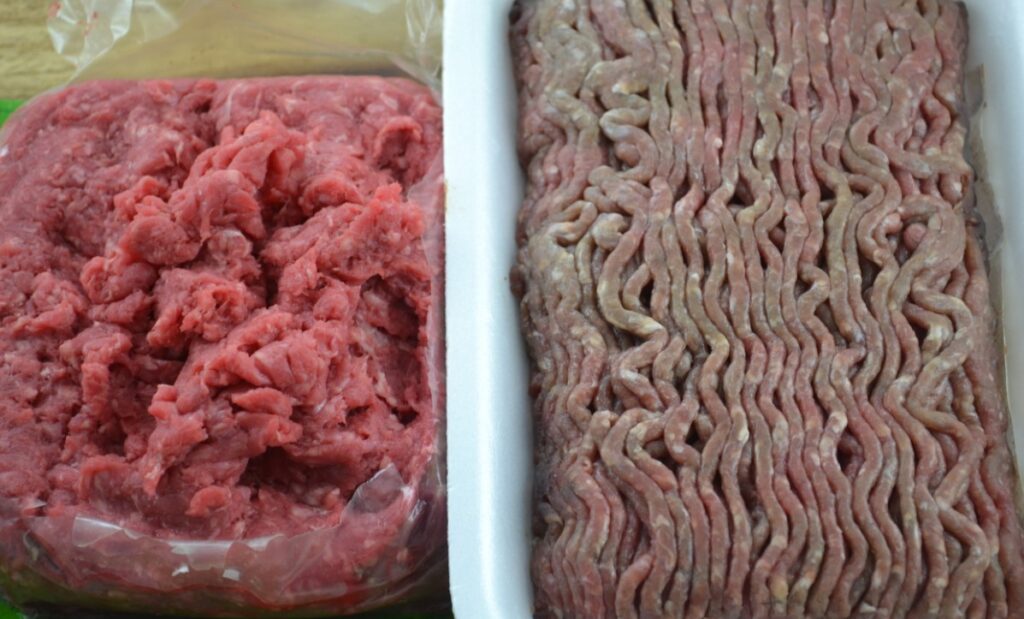
meatmadesimple.com
Recognizing spoiled meat is crucial for preventing foodborne illnesses. Here are some common signs that meat has gone bad:
- Unpleasant Odor: Spoiled meat often has a sour, ammonia-like, or putrid smell.
- Color Changes: Fresh meat should have a vibrant color. Beef is typically red, ground beef is bright red, chicken is pink, and fish is translucent. Spoiled meat may appear dull, grayish, or greenish.
- Slimy Texture: A sticky or slimy film on the surface of the meat is a strong indicator of spoilage.
- Mold: Visible mold growth is a clear sign that the meat is no longer safe to eat.
Learn more >>> What is Spaghetti Meat?
Best Practices for Meat Storage and Preservation
General Tips
- Keep It Cold: Always store meat at the appropriate temperature. Refrigerate or freeze as soon as possible after purchase.
- Avoid Cross-Contamination: Store meat in leak-proof containers or sealed bags to prevent juices from contaminating other foods.
- Use a Meat Thermometer: When cooking meat, use a meat thermometer to ensure it reaches the appropriate internal temperature to kill harmful bacteria. For beef, the minimum internal temperature should be 145°F (63°C); for ground beef, it should be 160°F (71°C); for chicken, it should be 165°F (74°C); and for fish, it should be 145°F (63°C).
- First In, First Out (FIFO): Use the FIFO method to ensure older meat is used before newer purchases. This helps reduce waste and ensures you consume meat before it spoils.
Specific Tips for Different Meats
- Beef:
- Marinate before freezing to enhance flavor and tenderness.
- For ground beef, consider dividing it into smaller portions before freezing for easier thawing and cooking.
- Chicken:
- Use a brine solution for chicken breasts to retain moisture during freezing and cooking.
- Freeze chicken parts separately on a baking sheet before transferring to a freezer bag to prevent sticking.
- Fish:
- Store fish on a bed of ice in the refrigerator to maintain freshness.
- Consider vacuum sealing to prevent freezer burn and maintain quality.



